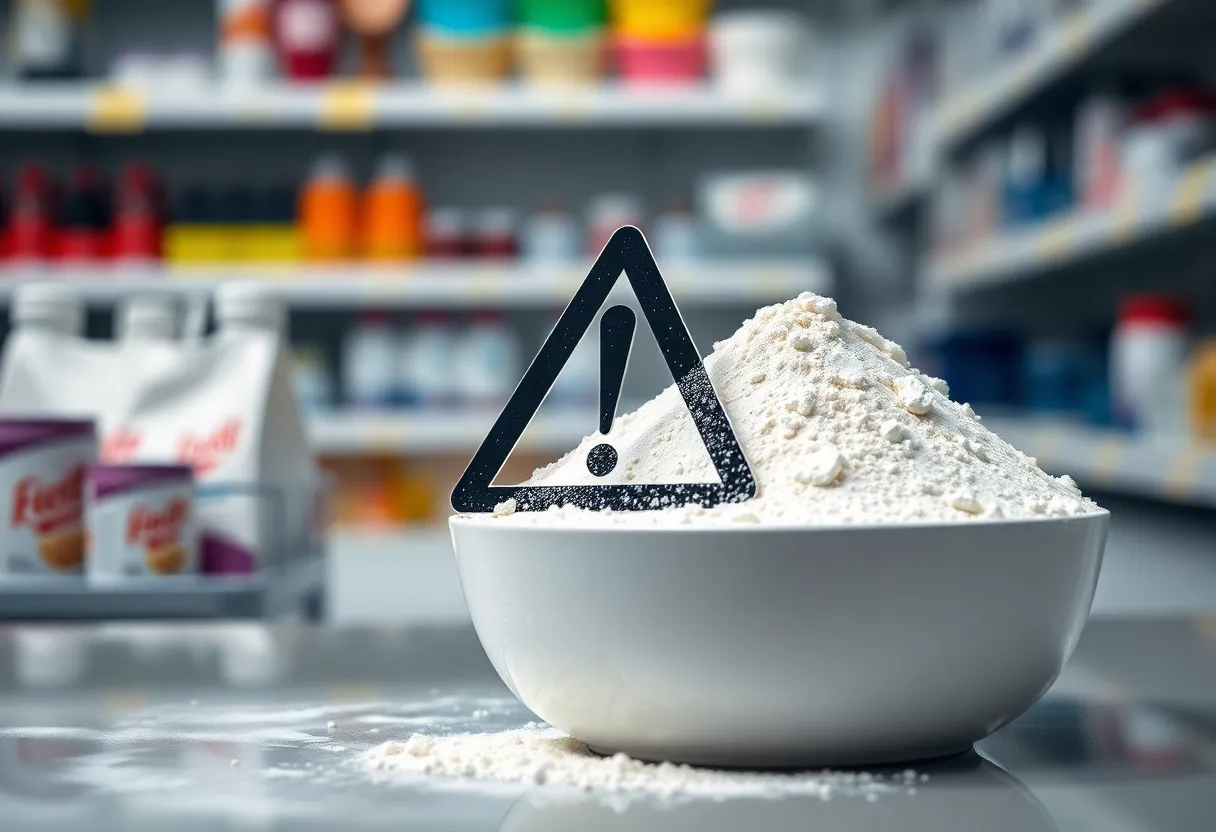News Summary
Recent studies indicate a troubling potential link between talc and cancers such as mesothelioma. The FDA is taking these concerns seriously, urging a reevaluation of talc in consumer products, including cosmetics and food. Experts warn that contamination risks during extraction and processing may explain the rise in asbestos-related diseases. Additionally, lawsuits against talc manufacturers highlight ongoing concerns about the mineral’s safety. The World Health Organization classifies talc as ‘probably carcinogenic,’ prompting recommendations for safer alternatives like cornstarch. The legal implications could reshape the landscape for victims seeking justice.
The Rising Concerns Over Talc: A Potential Link to Mesothelioma and Cancer
In recent years, a troubling trend has emerged as tens of thousands of individuals diagnosed with mesothelioma and other cancers associated with asbestos have pointed fingers at contaminated talc found in popular consumer products. As awareness grows about the potential dangers posed by talc, the question of its safety is increasingly coming under scrutiny.
FDA Takes Notice
The Food and Drug Administration (FDA) has begun to take the concerns seriously, leading a panel of scientific experts to advocate for a thorough evaluation of talc’s use in a variety of products, including food, pharmaceuticals, and cosmetics. Talc is often found in deposits located close to asbestos, the known carcinogenic substance that leads to deadly conditions such as mesothelioma. Experts are alarmed by the nearly impossible task of preventing cross-contamination between these two minerals during extraction and processing, leading them to examine the implications for public health.
Uncovering the Most Dangerous Conditions
The preliminary findings suggest that contamination might not just occur during extraction, but could also arise during talc processing. If this theory holds up, it could explain the alarming rise in asbestos-related diseases, particularly among individuals without any identifiable occupational exposure to asbestos. The ramifications of such findings would be broad-reaching, providing significant context for the increasing rates of illness attributed to talc use.
Beyond Contamination: The Standalone Risk of Talc
Adding to the complexity of the situation, legal representatives for mesothelioma sufferers continue to file lawsuits against talc manufacturers and suppliers, asserting that their products are not only dangerous due to contamination but may also represent a risk in their pure form. In fact, ongoing research has presented troubling evidence suggesting that talc can contribute to the development of ovarian cancer when used in sensitive areas of the body.
Further exacerbating the issue, the World Health Organization’s International Agency for Research on Cancer (IARC) classified talc as “probably carcinogenic” in separate instances, leading to heightened concerns among researchers and the public alike.
Recommendations for a Safer Future
In light of these alarming findings, the FDA’s expert panel is recommending that talc’s use in consumer products be discontinued altogether. They emphasize that less hazardous alternatives exist, such as cornstarch, which are not only safer but also readily accessible. This recommendation, while currently just a suggestion, carries the potential to influence policy shifts regarding the regulations governing consumer safety.
The Legal Landscape: Implications for Victims
As authorities begin to lend credence to the concerns raised by victims, legal experts suggest that this growing body of evidence could significantly impact future court cases involving talc. Should the FDA’s findings validate the claims of those suffering from illnesses linked to talc, it may pave the way for further legal actions and possibly hold manufacturers accountable.
Reaching Out for Help
For those who have suffered from mesothelioma or other forms of cancer attributed to the use of talc-based products, there is help available. Victims and their families are encouraged to explore their options and seek support from professionals dedicated to aiding those affected by this severe, life-altering condition. It is vital to understand that the information shared by advocacy organizations is not a substitute for professional medical advice, diagnosis, or treatment.
As the investigation into talc’s potential dangers continues, the public remains vigilant, hoping for transparent and thorough evaluations that could save lives and prevent suffering from future exposure.
Deeper Dive: News & Info About This Topic
HERE Resources
Chrysotile Asbestos Ban Under Review: A Risky Rethink?
New Study Reveals Asbestos Exposure Thresholds Linked to Mesothelioma Risk
Trump Administration Reconsiders Chrysotile Asbestos Ban, Igniting Health Concerns
Unmasking the Asbestos Threat in Supermarkets: A Hidden Danger
Philadelphia Schools Face Criminal Charges Over Asbestos Violations
EPA Motion Sparks Alarm Among Mesothelioma Advocates
Texas Court Reviews Asbestos Claims Tied to Former Montana Talc Mine Operations
Libby Asbestos Clinic in Crisis: Federal Court Hearing Sparks Controversy
The Lingering Danger of Asbestos: A Call for Action
Clinic Closure Leaves Libby Residents in the Lurch



















